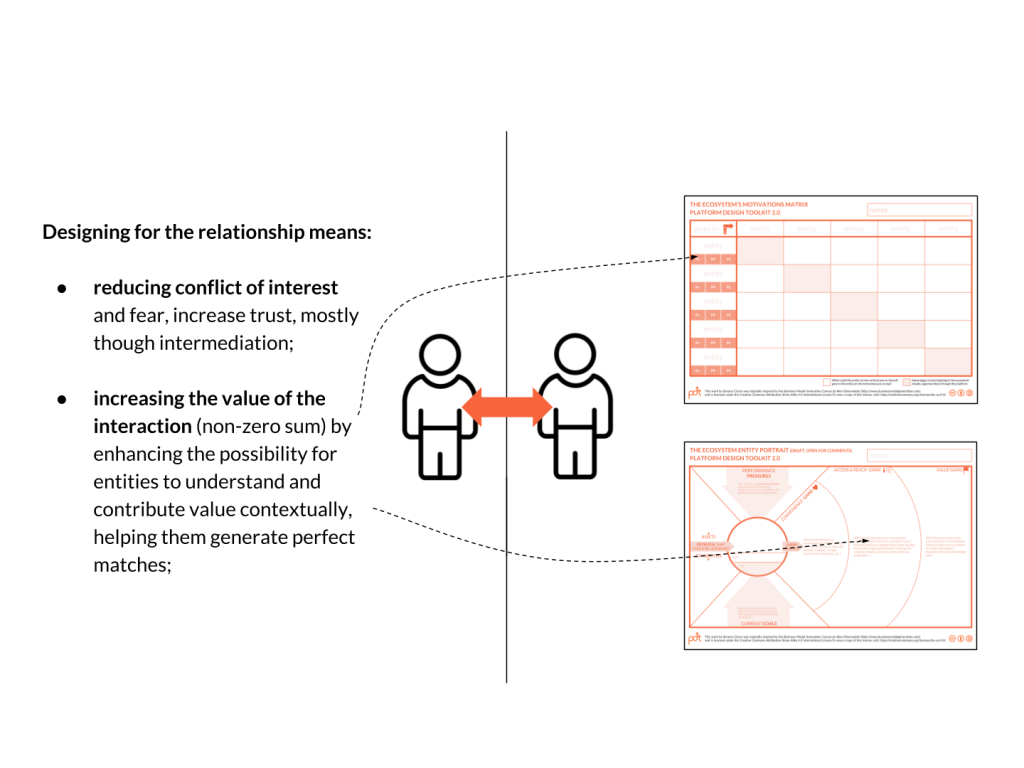Cultural entities encompass a complex web of human interactions, associations, and interconnectedness that collectively sort the cloth of societies. At its primary, the concept of social entities acknowledges that persons don’t exist in isolation; instead, they’re important components of a broader network shaped by national, familial, and societal factors. This delicate tapestry of associations runs beyond mere personal relationships, encapsulating the various groups, towns, and institutions to which people belong.
Knowledge social entities involves delving to the character of human conversation and the reciprocal influences that form behavior, beliefs, and values. These entities range from little, personal groups such as for instance individuals and friend teams to greater societal structures like academic institutions, workplaces, and social organizations. Each cultural entity represents a distinctive role in shaping an individual’s identity and influencing their worldview.
The exploration of cultural entities usually requires studying the collective norms, rituals, and distributed experiences that bind individuals together. These entities function as systems for socialization, giving contexts wherever persons learn, collaborate, and establish a feeling of belonging. In essence, cultural entities would be the blocks of areas, adding to the forming of combined identities and the transmission of social history across generations.
As cultural beings, individuals steer a complicated interaction of relationships within these entities, fostering a sense of community, help, and provided purpose. The associations shaped within social entities donate to the development of social capital—an invaluable source that facilitates cooperation, cooperation, and overall societal well-being. From the microcosm of particular relationships to the macrocosm of worldwide communities, social entities shape the way in which individuals see themselves and their roles in the broader individual tapestry.
Moreover, social entities are not fixed; they evolve with time, highlighting societal improvements, technological improvements, and moving national landscapes. The interconnected nature of social entities becomes especially evident in the digital era, wherever on line communities and electronic communities enhance the possibilities for relationship and influence.
The research of cultural entities is multidisciplinary, drawing insights from sociology, psychology, anthropology, and different fields. Researchers investigate topics such as social identity principle, social networks, and party character to solve the intricate habits of human association. By reviewing the structures and operates of cultural entities, scholars get a Social Entity knowledge of societal styles, collective behaviors, and the affect of social entities on individual well-being.

To conclude, social entities serve because the foundational aspects of individual organizations, encompassing the complicated associations and sites that join people together. The exploration of the entities requires delving to the dynamics of individual connection, knowledge the impacts that shape our identities, and recognizing the important position they play in fostering a feeling of neighborhood and belonging. As our comprehension of social entities continues to evolve, it offers important ideas in to the difficulties of human associations and the methods where we collectively form the world we inhabit.
